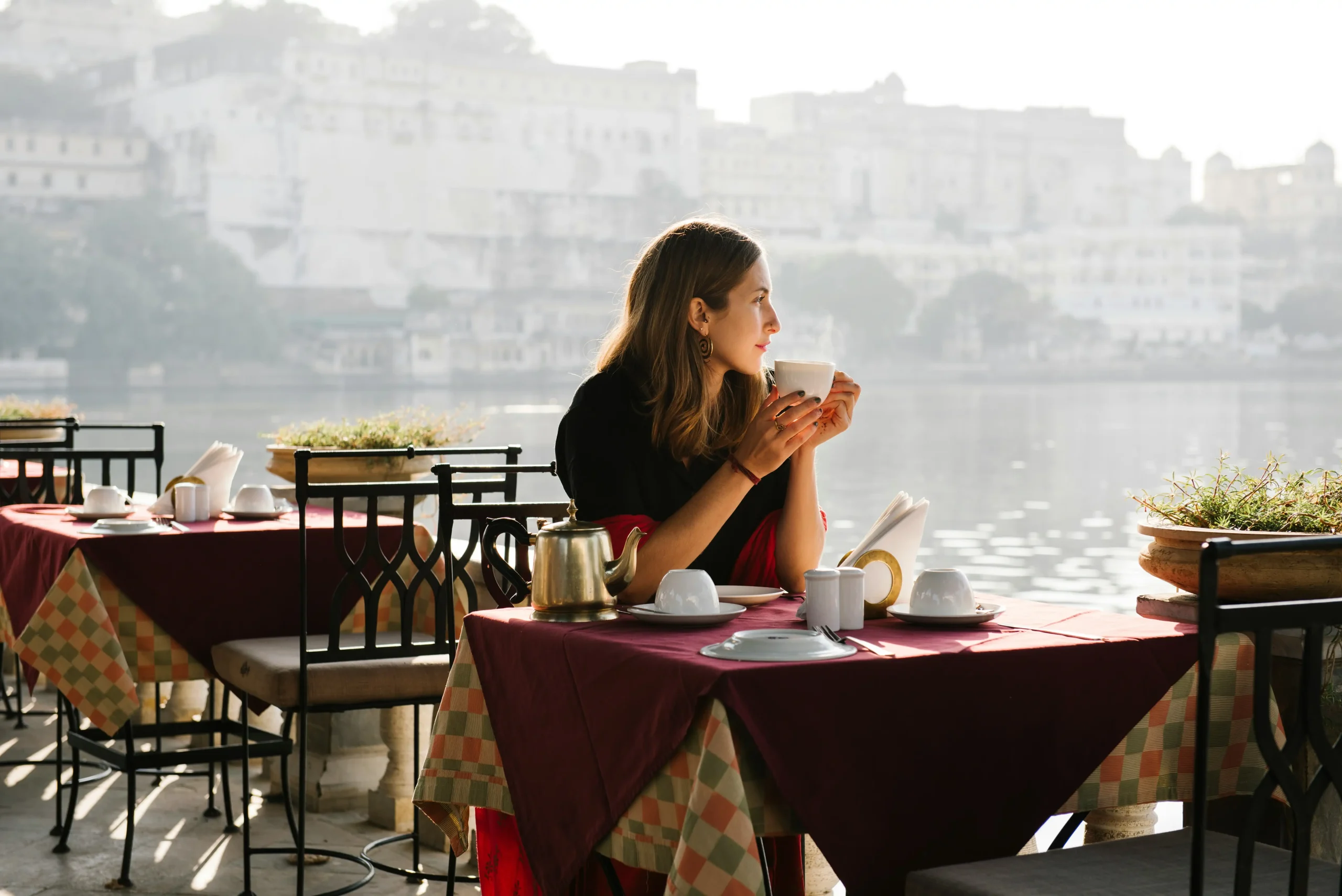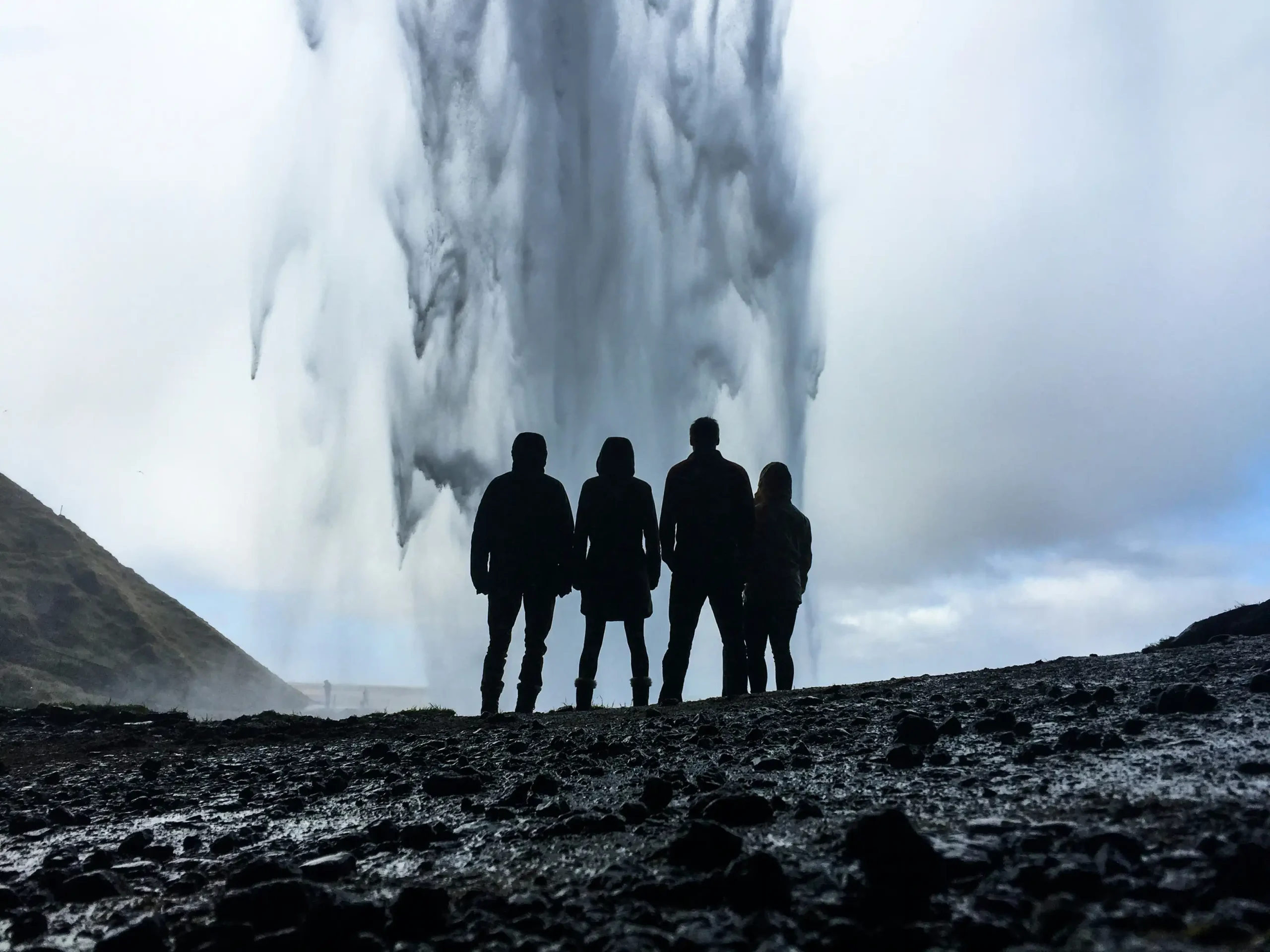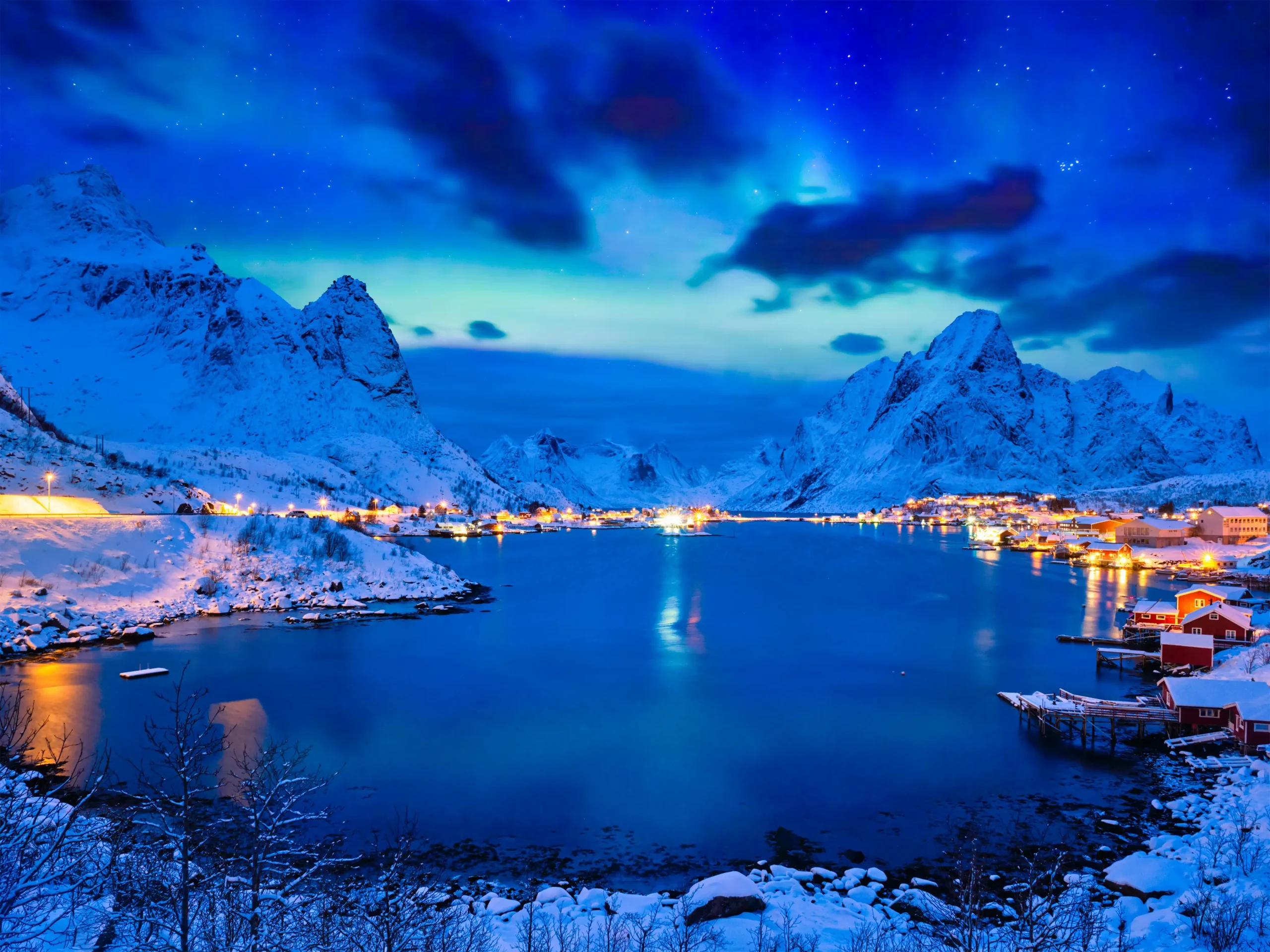The first stop in the spread of coffee beans was Yemen, from which they continued to travel throughout Arabia. They further moved to the Middle East and from there the road to Europe was straight. It wasn’t long before the precious seeds made their way to Brazil, which almost immediately became the world’s largest coffee import.
Today coffee is known in every corner of the planet. However, along with where it is consumed, the rituals that accompany it change. The Italians are best known for their almost sacral approach to coffee. This is where we may be met with profound insult when we ask for espresso in the morning and opt for a latte for dessert. In the 18th century, the Poles also became famous through a special way of drinking coffee – they added select fatty cream to it.
Coffee as a pop culture symbol
In fact, however, coffee will taste different at every latitude and longitude, and therein lies a large part of its charm. The inky-black drink very quickly became popular among artists. Coffee has become not only an element that supports work, but also an inspiration and even an object of artistic rapture. Suffice it to mention that the works of many writers are inextricably linked to this drink. The author most often associated with coffee is probably Honoré de Balzac, who created a beautiful image of it:
“The coffee flows down to the stomach and sets everything in motion: thoughts line up in battle formation like battalions of a great army; the battle begins. Memories are coming in chorus like marching ensigns. The light cavalry develops a magnificent gallop. The artillery of logic follows with a bang along with the trench and cartridge. Clever ideas, quasi-shooters, get mixed up in the melee. The characters clothe themselves in costumes, the paper is covered with ink, the battle intensifies and ends in torrents of black tide, just as the real battle expires in the black smoke of gunpowder.”

Model: Pola Bochniak
Make-up: Sabina Chobot
Styling: Patrycja Michalak
Hairstyle: Berendowicz&Kublin Wawelska (Anna Morcinek)
image of coffee
However, coffee has been reflected not only in literature. It also very often became the subject of paintings by the world’s greatest artists. One of the more famous examples is the Impressionist painting by Edward Munch, which captures in a painting a moment in which an elderly man is smoking a pipe, with a mug of coffee in front of him.
Edward Munch, “At the Coffee Table,” 1883.
Another artist who also devoted a painting to the subject of coffee is Expressionist Ernst Ludwig Kirchner, one of the precursors of Expressionism. On it we see broken forms and aggressive colors, and Kirchner himself was one of the precursors of expressionism.

Ernst Ludwig Kirchner, “Women Drinking Coffee,” 1907
Drinking coffee has quickly become an indispensable part of pop culture. She made a breakthrough into the world of cinema. The most popular audiovisual ode is Jim Jarmusch’s black-and-white independent comedy. The film consists of eleven segments, for which the common subject is always one cup or two of coffee, and a cigarette fired practically one from the other. This “Coffee and cigarets” of the title becomes the starting point for various more or less important conversations.
best friend
Women, who almost never parted with a steaming cup, are also associated with this black drink. The first of these is Princess Diana, who, even when she was already a very recognizable personage, could not resist the temptation to drink her morning coffee at her favorite coffee shop at Kensington Palace. Her favorite coffees reportedly always included a latte and a simple little black. Shortly after her tragic death, the tiny cafe where she frequented most often changed its name to “Cafe Diana.”
The other woman who was very difficult to see without a cup of steaming liquid in her hand was Audrey Hepburne.

So fond was she of constantly pulling sip after sip from her cup that directors often went along with her and attributed her fascination with coffee to the characters she played as well. Malicious people often said that for Hepburn, the quality of the brew she drank did not matter at all. The truth, however, was that coffee gave her a great dose of energy and provided reasons to be happy.
The most current version of the woman with a cup of coffee is Carrie Bradshaw‘s character from the TV series “Sex in the City.” Anyone who has strolled the streets of New York at least once and is familiar with the iconic series must have wondered if they would run into Carrie and her friends at the next cafe. The heroine of the series is the author of a popular quote in which she says that the most important thing in life is water, because without it you can’t make coffee.
coffee in politics
The aroma of coffee has permeated all walks of life and often accompanies social gatherings, but also less friendly ones. Its trace can also be found in politics. A great coffee gourmet was Winston Churchill. He employed a number of specialists in the field of its brewing and allowed only the most distinguished blends. However, the dialogue that took place between him and the Lady Astor, who allegedly said to him, “Winston, if you were my husband, I would poison your coffee,” to which he replied to her: “Nancy, if you were my wife, I would drink it.”





